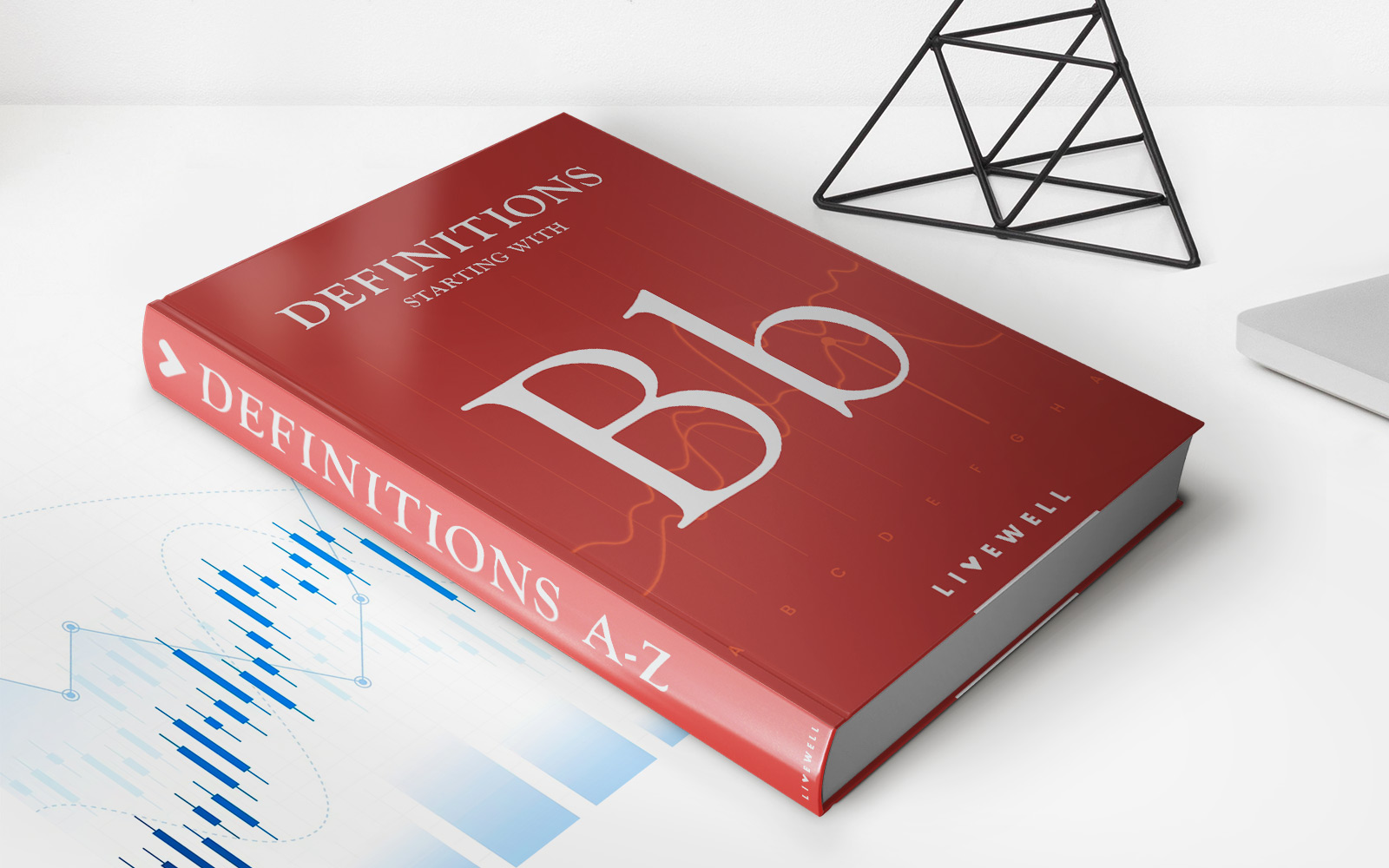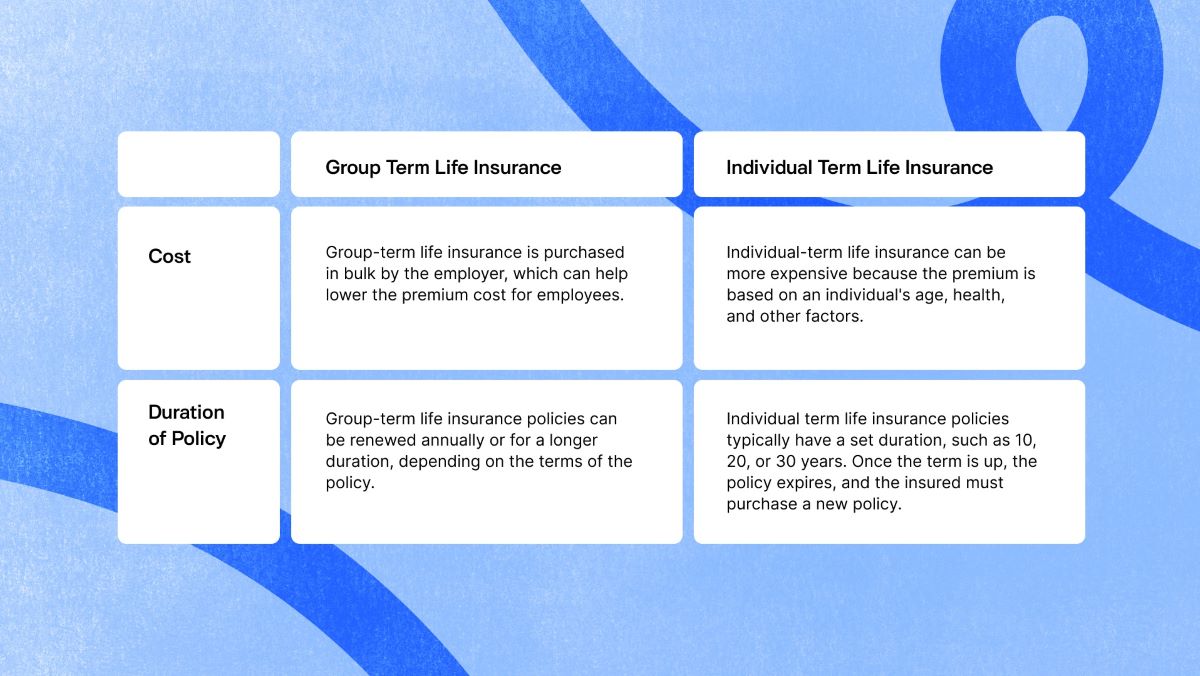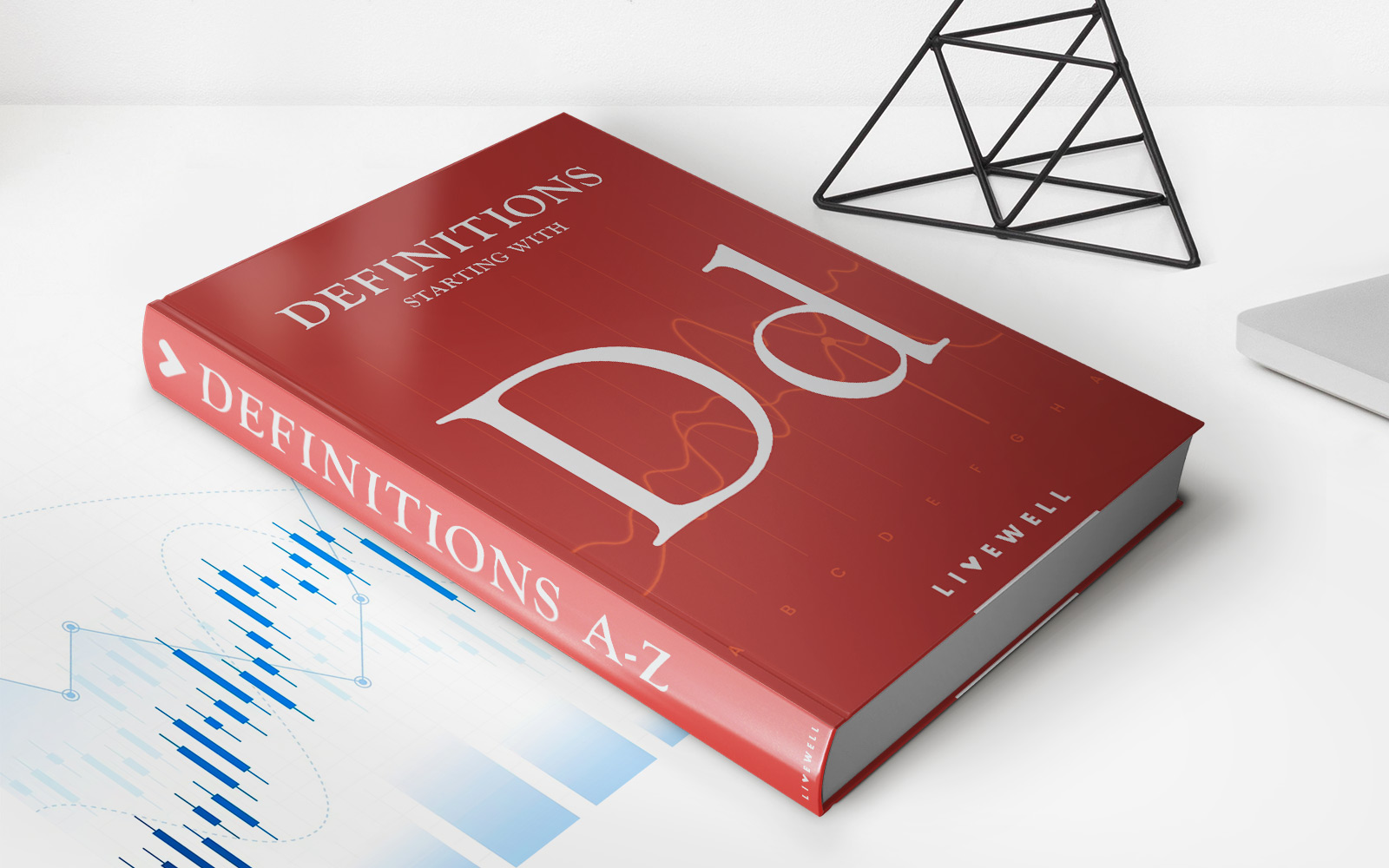Home>Finance>What Is The Minimum Payment Rate At Fifth Third


Finance
What Is The Minimum Payment Rate At Fifth Third
Published: February 27, 2024
Learn about the minimum payment rate at Fifth Third and manage your finances effectively. Discover how to stay on top of your financial obligations.
(Many of the links in this article redirect to a specific reviewed product. Your purchase of these products through affiliate links helps to generate commission for LiveWell, at no extra cost. Learn more)
Table of Contents
**
Introduction
**
Welcome to the world of finance, where understanding the nuances of credit card payments is crucial for maintaining financial well-being. In this article, we will delve into the concept of the minimum payment rate at Fifth Third, shedding light on its significance and the factors that influence it. Whether you're a seasoned cardholder or new to the realm of credit, grasping the dynamics of minimum payments is essential for making informed financial decisions.
Navigating the realm of credit cards involves more than just swiping and signing. It requires a comprehensive understanding of the terms and conditions that govern your financial transactions. Among these terms, the minimum payment rate stands out as a fundamental aspect of credit card management. At Fifth Third, this rate plays a pivotal role in determining the minimum amount cardholders must pay each month to keep their accounts in good standing.
Understanding the intricacies of the minimum payment rate empowers individuals to make informed decisions about their financial responsibilities. It enables cardholders to manage their credit card accounts more effectively, avoid unnecessary fees, and maintain a positive credit history. As we embark on this exploration of the minimum payment rate at Fifth Third, we will unravel the factors that influence it, learn how to calculate it, and discover its importance in the realm of personal finance.
So, let's embark on this enlightening journey to demystify the minimum payment rate at Fifth Third and equip ourselves with the knowledge needed to navigate the world of credit with confidence and prudence.
**
Understanding Minimum Payment Rate
**
Before delving into the specifics of the minimum payment rate at Fifth Third, it’s essential to grasp the concept of minimum payments in the context of credit card management. The minimum payment rate represents the lowest amount a cardholder must pay each month to keep their account in good standing. This figure is typically calculated as a percentage of the total outstanding balance, along with any accrued interest and fees.
At Fifth Third, the minimum payment rate is a crucial component of responsible credit card usage. It serves as a safety net, ensuring that cardholders meet their financial obligations even when faced with unforeseen circumstances or temporary budget constraints. While paying the minimum amount may seem like a convenient option, it’s important to recognize that doing so can lead to long-term financial implications, including increased interest costs and prolonged debt repayment.
Understanding the minimum payment rate involves recognizing its role in maintaining a healthy credit profile. By consistently meeting or exceeding the minimum payment requirement, cardholders demonstrate their ability to manage credit responsibly, which can positively impact their credit scores. Conversely, consistently making only the minimum payment may raise concerns among lenders and credit bureaus, potentially affecting one’s creditworthiness.
As we explore the minimum payment rate at Fifth Third, we will uncover its implications for cardholders and the broader financial landscape. By gaining a deeper understanding of this essential aspect of credit card management, individuals can make informed decisions about their financial responsibilities and strive for long-term financial well-being.
**
Factors Affecting Minimum Payment Rate at Fifth Third
**
Several key factors influence the minimum payment rate at Fifth Third, shaping the financial obligations of cardholders and impacting their credit card management strategies. Understanding these factors is essential for navigating the dynamics of minimum payments and making informed decisions about credit card usage.
1. Outstanding Balance: The total amount owed on the credit card, including purchases, cash advances, and any applicable fees, directly affects the minimum payment rate. A higher outstanding balance typically results in a higher minimum payment requirement.
2. Interest Rate: The annual percentage rate (APR) applied to the outstanding balance significantly influences the minimum payment rate. Higher interest rates lead to increased minimum payments, as a larger portion of the payment goes towards interest rather than reducing the principal balance.
3. Fees and Charges: Additional fees, such as late payment fees or over-limit fees, can impact the minimum payment rate, contributing to a higher overall payment requirement for the cardholder.
4. Credit Utilization: The ratio of the outstanding balance to the credit limit, known as credit utilization, plays a role in determining the minimum payment rate. Higher credit utilization ratios may lead to increased minimum payments.
5. Payment History: A cardholder’s past payment behavior and history of meeting minimum payment requirements can influence the minimum payment rate. Consistently making only the minimum payment may raise concerns among lenders and result in higher minimum payment obligations.
6. Regulatory Requirements: Financial regulations and industry standards may impact the minimum payment rate, ensuring that card issuers adhere to established guidelines for responsible lending and consumer protection.
By considering these factors, cardholders can gain insight into the intricacies of minimum payment rate calculations at Fifth Third and develop effective strategies for managing their credit card obligations.
**
How to Calculate Minimum Payment Rate
**
Calculating the minimum payment rate at Fifth Third involves understanding the methodology used to determine the monthly payment requirement. While the specific formula may vary among credit card issuers, including Fifth Third, the following general principles typically apply:
1. Percentage of Outstanding Balance: Credit card issuers often calculate the minimum payment as a percentage of the card’s outstanding balance. This percentage can vary based on the terms and conditions of the credit card agreement. For example, it may be calculated as a fixed percentage of the total balance or a tiered percentage based on specific ranges of the outstanding balance.
2. Additional Charges and Fees: In addition to the percentage of the outstanding balance, the minimum payment may include any accrued interest for the billing cycle and certain fees, such as late payment fees or over-limit fees. These additional charges contribute to the total minimum payment requirement.
3. Minimum Fixed Amount: Some credit card issuers set a minimum fixed payment amount, ensuring that the minimum payment requirement does not fall below a predetermined threshold. This approach provides a safeguard to prevent excessively low minimum payments, particularly on accounts with small balances.
At Fifth Third, the specific method for calculating the minimum payment rate is outlined in the credit card agreement and disclosed to cardholders. By familiarizing themselves with the terms and conditions governing minimum payments, cardholders can gain clarity on how their minimum payment rate is determined and take proactive steps to meet their financial obligations.
**
Importance of Minimum Payment Rate
**
The minimum payment rate holds significant importance in the realm of credit card management, influencing the financial well-being of cardholders and shaping their credit profiles. Understanding the importance of the minimum payment rate at Fifth Third is crucial for making informed decisions about credit card usage and maintaining a healthy financial standing.
1. Financial Responsibility: Meeting the minimum payment requirement demonstrates financial responsibility and a commitment to fulfilling credit obligations. By consistently meeting or exceeding the minimum payment, cardholders showcase their ability to manage credit responsibly, which can positively impact their credit scores and overall financial reputation.
2. Credit Score Impact: The minimum payment rate directly affects credit scores. Timely and complete payment of the minimum amount contributes to a positive payment history, which is a key factor in credit scoring models. Conversely, consistently failing to meet the minimum payment requirement can lead to negative marks on credit reports and lower credit scores.
3. Debt Management: For individuals carrying a balance on their credit cards, the minimum payment rate plays a role in managing debt. While paying only the minimum amount may extend the time needed to pay off the balance and result in higher interest costs, it provides a safety net during periods of financial strain or unexpected expenses.
4. Avoiding Fees and Penalties: Meeting the minimum payment requirement helps cardholders avoid late payment fees, penalty interest rates, and potential negative impacts on their credit standing. By prioritizing the minimum payment, individuals can steer clear of unnecessary financial burdens and maintain a positive relationship with their credit card issuer.
5. Long-Term Financial Health: Recognizing the importance of the minimum payment rate is integral to fostering long-term financial well-being. By understanding the role of minimum payments in debt management, credit scoring, and responsible financial behavior, individuals can make informed decisions to support their overall financial health.
By acknowledging the significance of the minimum payment rate at Fifth Third and its broader implications, cardholders can approach credit card management with clarity and prudence, striving for financial stability and a positive credit standing.
**
Tips for Managing Minimum Payment Rate at Fifth Third
**
Effectively managing the minimum payment rate at Fifth Third involves adopting proactive strategies to navigate credit card obligations and maintain financial well-being. By implementing the following tips, cardholders can optimize their approach to managing the minimum payment rate and cultivate responsible credit card usage:
1. Payment Automation: Setting up automatic payments for at least the minimum amount due can help ensure timely payments and mitigate the risk of missing payment deadlines. Fifth Third provides convenient options for scheduling automatic payments, offering peace of mind and reducing the likelihood of incurring late fees.
2. Budgeting and Planning: Creating a comprehensive budget that accounts for credit card payments, including the minimum payment rate, enables cardholders to allocate funds strategically and avoid financial strain when meeting their obligations. By planning ahead, individuals can prioritize their minimum payments and manage their overall financial resources effectively.
3. Payment Tracking: Monitoring credit card statements and tracking payment history empowers cardholders to stay informed about their minimum payment requirements and payment due dates. This proactive approach helps prevent oversights and ensures that minimum payments are made consistently and in a timely manner.
4. Debt Repayment Strategy: For individuals carrying a balance on their credit cards, devising a debt repayment strategy that goes beyond the minimum payment can expedite the reduction of outstanding balances and minimize interest costs. By allocating additional funds towards paying down the principal balance, cardholders can work towards financial freedom and debt reduction.
5. Credit Limit Management: Keeping credit card balances well below the assigned credit limits can positively impact credit utilization ratios, potentially leading to lower minimum payment requirements and demonstrating responsible credit management to lenders and credit bureaus.
6. Financial Education: Investing time in understanding the terms and conditions of the credit card agreement, as well as the implications of minimum payments, can equip cardholders with the knowledge needed to make informed financial decisions. Fifth Third offers resources and educational materials to support cardholders in enhancing their financial literacy.
By incorporating these tips into their credit card management approach, individuals can navigate the minimum payment rate at Fifth Third with confidence and diligence, fostering financial stability and responsible credit usage.














